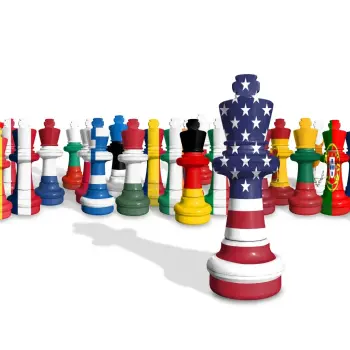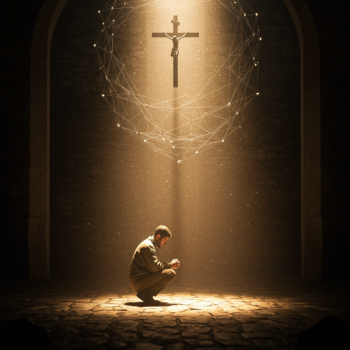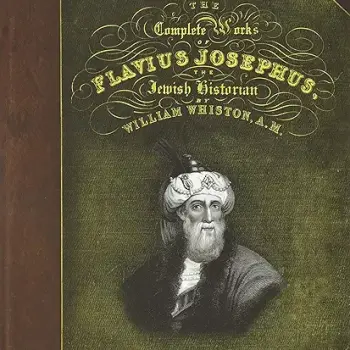Nachman teaches that in the depth of uncertainty is certainty—the experience of worth and value, of being loved. In the anger at evil is the profound intuition that our rage matters—and that it is holy.
Certainty of Rage
Said differently, by holding uncertainty and not settling for explanations of suffering that our soul intuitively rejects, we reach a higher certainty: the certainty of holy rage. It may well be that in a century that has seen one hundred million people brutally killed, the only path back to God is the certainty of rage.
For our rage and pain is the rage and pain of the divine. Those who deny the holiness of our anger deny God.
Babies are part of our core certainty. They remind us of all that is pure. They somehow cut though our posturing and touch something deep inside us. Have you ever seen a baby brought into an office? No matter how serious the office, grown men and women almost immediately revert to baby talk, to goo goo gaga. Babies cry out for our protection. They call us to rise to our highest selves.
Babies being ripped apart—which was my mother's youthful vision from the depths of depravity that was the kingdom of the night of Holocaust—destroys that core certainty. "Where is God?" writes Weisel. "He is hanging on the gallows" . . . in the body of a young boy. Incarnation is reversed in the horror of suffering. God becomes human and dies on the gallows. In the reversal is the death of God, about which some post-holocaust theologians wrote with such pathos.
The biblical mystical response is different. Evolutionary mystical men and women work their way back to God, not through pious imprecations justifying God nor through pathos-filled announcements of God's demise, but through the certainty of realization that affirms the sacred character, the divine character, of our very pain and rage.
The crisis of genuine pain we experience in the asking of the question "Where is God?" is the truest portal into the deepest possibilities of becoming its healing response in a world that desperately needs us to respond. It is in the intimacy of our relationship with the question itself that the full and courageous living realization of Second Simplicity is achieved.
Who am I? I Am. Who am I? I Am a child of a Uni-verse in which my questions matter, in which their gaping emptiness always intuits the deeper fullness of divine embrace, in which I am never alone and never abandoned, even in the face of unanswerable mystery.
Everywhere I fall, I fall into God's hands. I am, in every moment, held by the love intelligence and love beauty and love goodness of All-That-Is. And so is everyone else. This is the felt knowing implicit in the question itself. This is all paradoxically implicit in the certainty that my anger and even raging against all suffering is no less than a fractal of the voice of God. And in this realization lies the power to be a fixing, a co-creative evolutionary response that brings healing into the suffering in our world.




